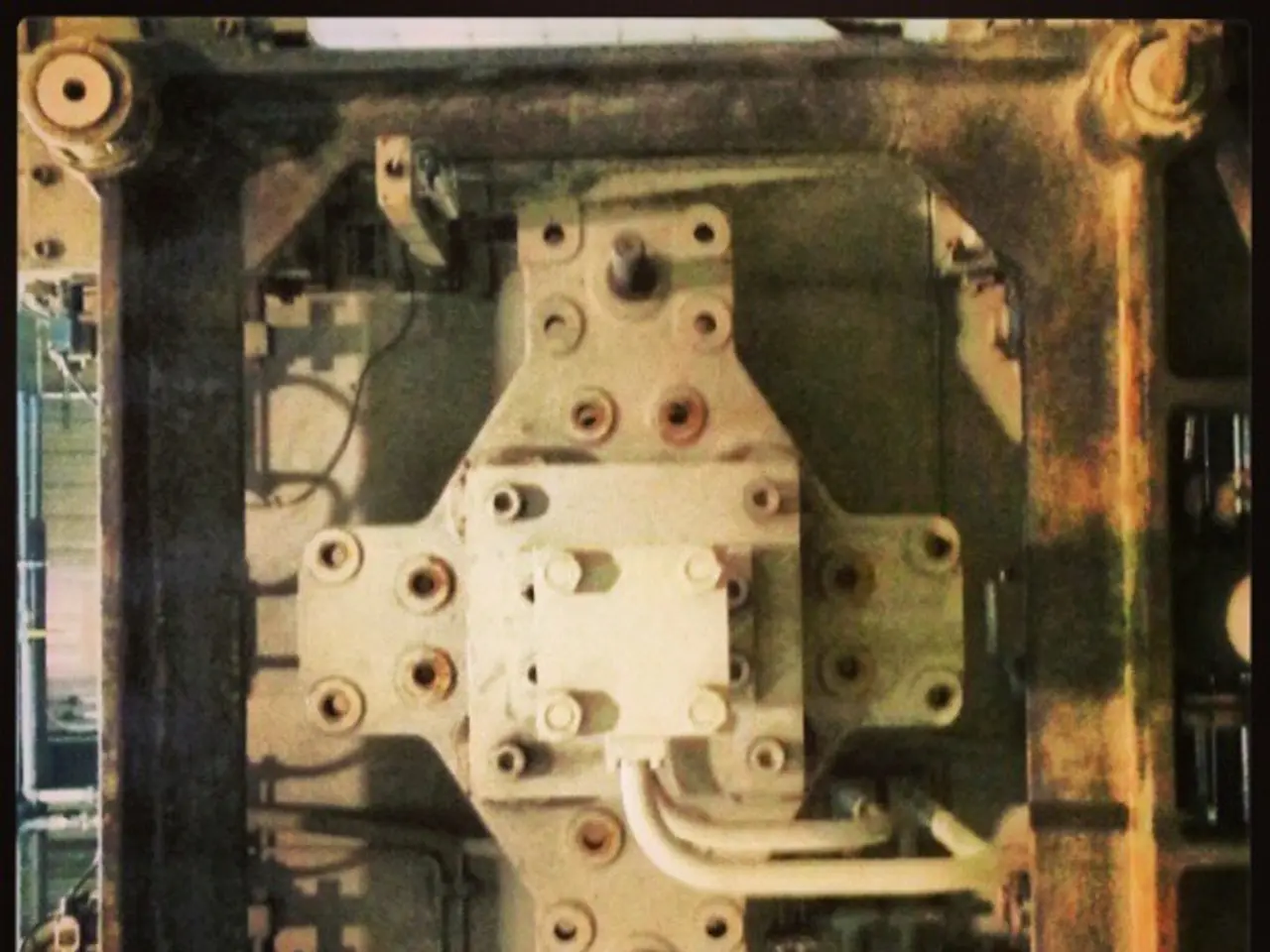Atoms' emitted matter waves allow for the perception of depth
In a groundbreaking experiment, researchers at the German Aerospace Center (DLR) have managed to bend matter waves of atoms through a solid for the first time. This novel method, which allows for the gentle examination of radiation-sensitive samples, could revolutionize the development of radiation-resistant materials.
The experiment, conducted in a laboratory setup, focused on a graphene sample. Hydrogen and helium atoms were accelerated to speeds of up to two million kilometers per hour and used to illuminate an ultrathin graphene membrane. Atoms passing through solids normally cannot penetrate them; they get stuck. However, in this experiment, hydrogen and helium atoms squeezed through the graphene membrane, a feat made possible by the electrical neutrality of atoms.
This electrical neutrality enables gentle interaction with samples, thus enabling the determination of atomic or molecular structure in fields like organic chemistry, potentially biology and medicine. The matter waves of the atoms revealed their quantum physical wave properties as they passed through the graphene membrane.
The challenge was to keep the graphene membrane clean and adjust the velocity of the atomic beam to clearly see the diffraction effects. The diffraction pattern on a detector screen allows conclusions to be drawn about the atomic arrangement in the graphene membrane.
The success of the experiment was due to the adjustment of the atomic beam velocity. The atomic beam behaves like a broad wave that penetrates the solid on a large scale when the quantum physical interaction between the atomic beam and the sample is minimal.
The high-speed atomic beam, which can be generated more easily than neutron beams, which require a nuclear reactor, has the added benefit of preserving the atoms' quantum states during the interaction with the sample. The atoms only have a millionth of a billionth of a second to interact, a factor that ensures their fast speed maintains their quantum states.
This experiment demonstrates the quantum physical behavior of atoms as matter waves, a field that has been of interest since the work of Estermann and Stern at the University of Hamburg in 1930. DLR researchers plan to test the diffraction of matter waves on materials that are difficult to examine with current methods, focusing on materials from organic chemistry, such as polymer membranes for filter systems, up to materials for electronic components.
The article, which focuses on topics such as DLR, quantum technology, and space, was contributed by Julia Klinkusch, a freelance journalist specializing in science and health topics since 2008. This breakthrough in atomic physics could pave the way for a better understanding of the atomic structure of various materials, potentially leading to the development of new technologies and materials in the future.








